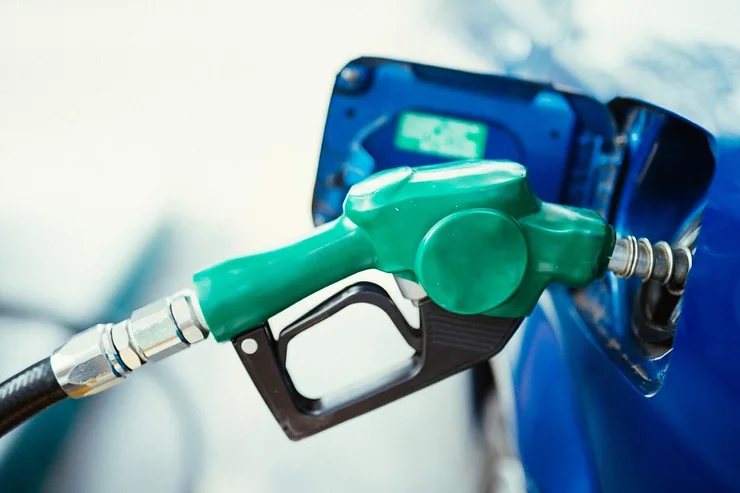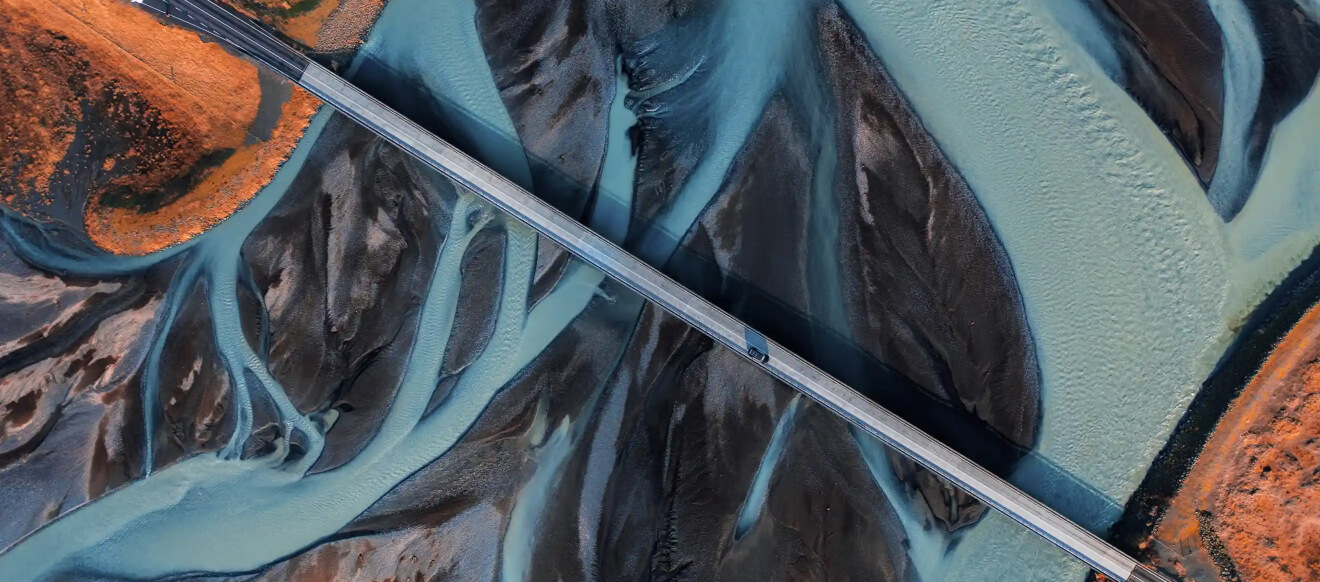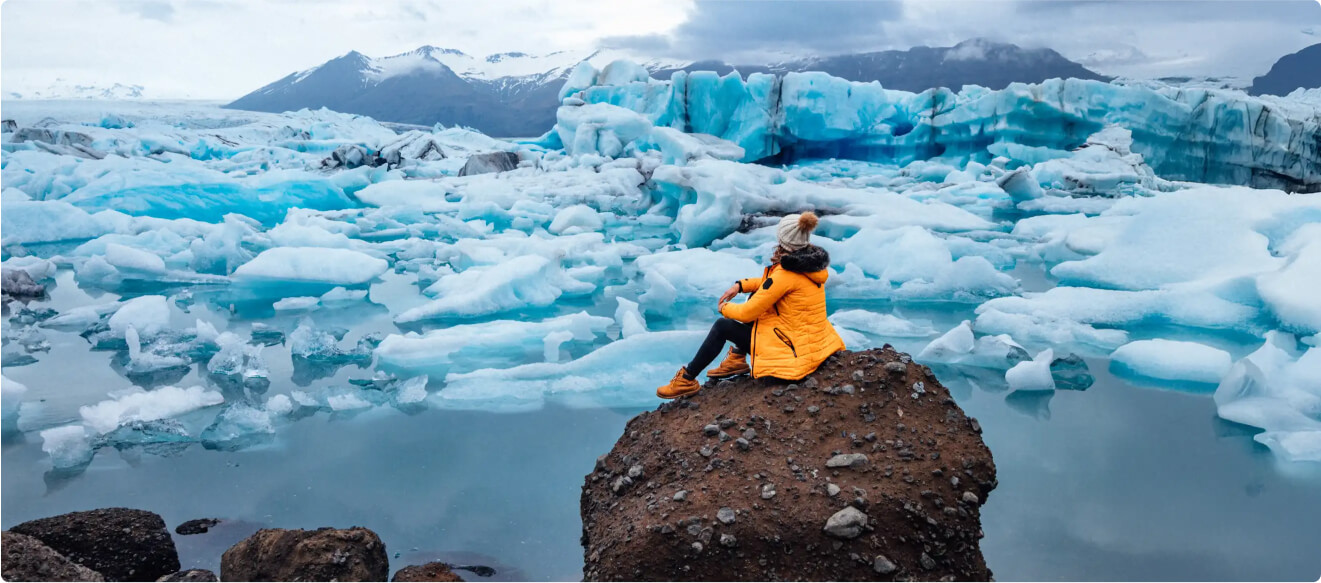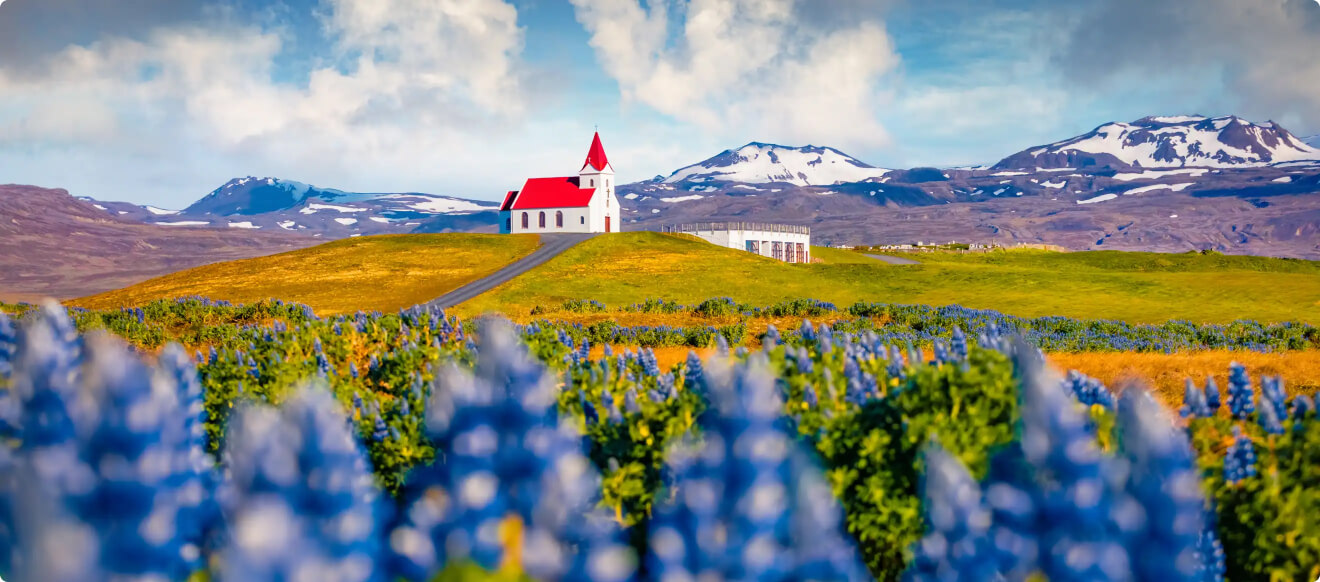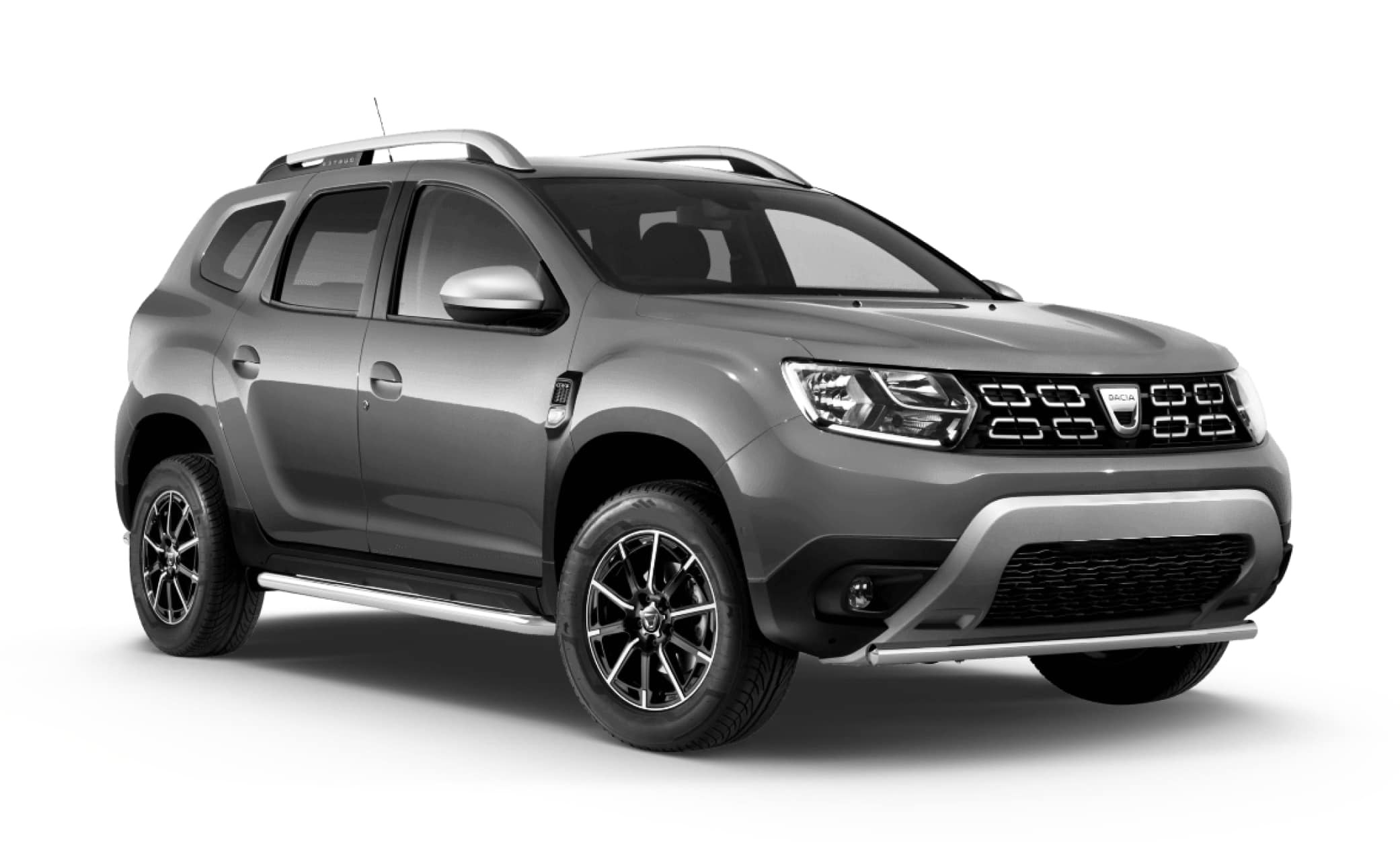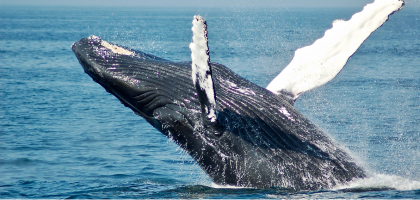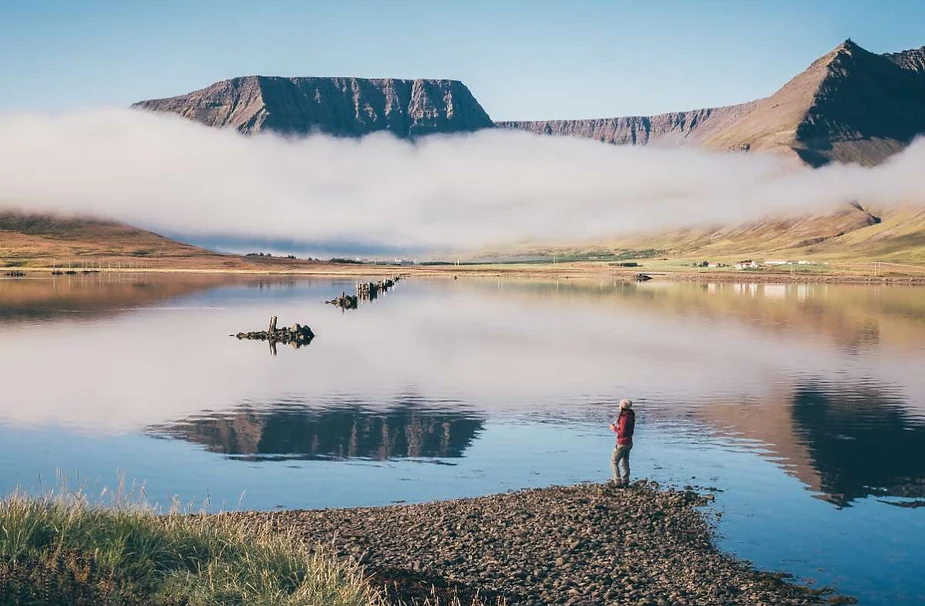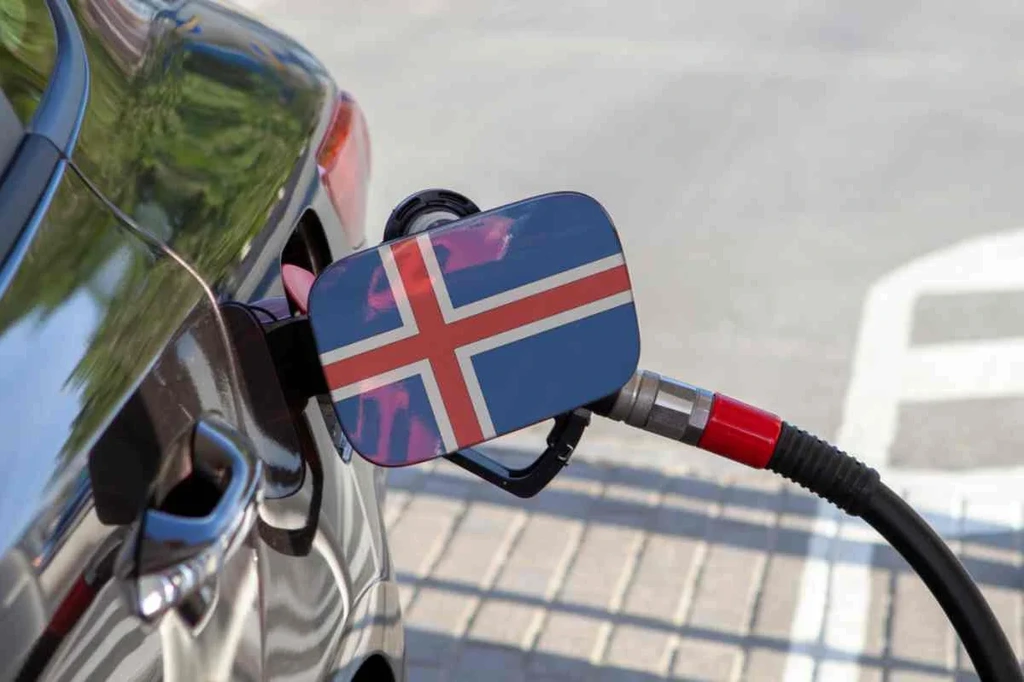The choice between diesel vs. gas in Iceland affects more than just fuel costs. It can shape how smooth, affordable, and hassle-free your entire trip feels. Iceland’s roads throw everything at you, from steep F-roads to icy coastal drives.
And fuel type plays a bigger role than most travelers think. Some cars guzzle fuel faster than a geyser blows steam. Others go the distance but might wreck your conscience. This guide breaks it down. We’re talking real-world costs, performance in bad weather, and where you’ll actually find fuel. So, what's the difference between diesel and gas? Let’s find out.
Why Fuel Type Matters When Renting a Car in Iceland
Fuel type matters more than you think when renting a car in Iceland. You’re not just choosing between petrol vs. diesel. You’re deciding how often you’ll need to refuel, how simple those stops will be, and how well your vehicle handles long distances or rough roads.
Most rental companies like us offer both options across compact cars and 4x4s. Self-service pumps, pre-authorized charges, and misfueling risks can also confuse first-timers. One wrong fill-up can wreck your trip, not just your engine, but a bit more on that later.
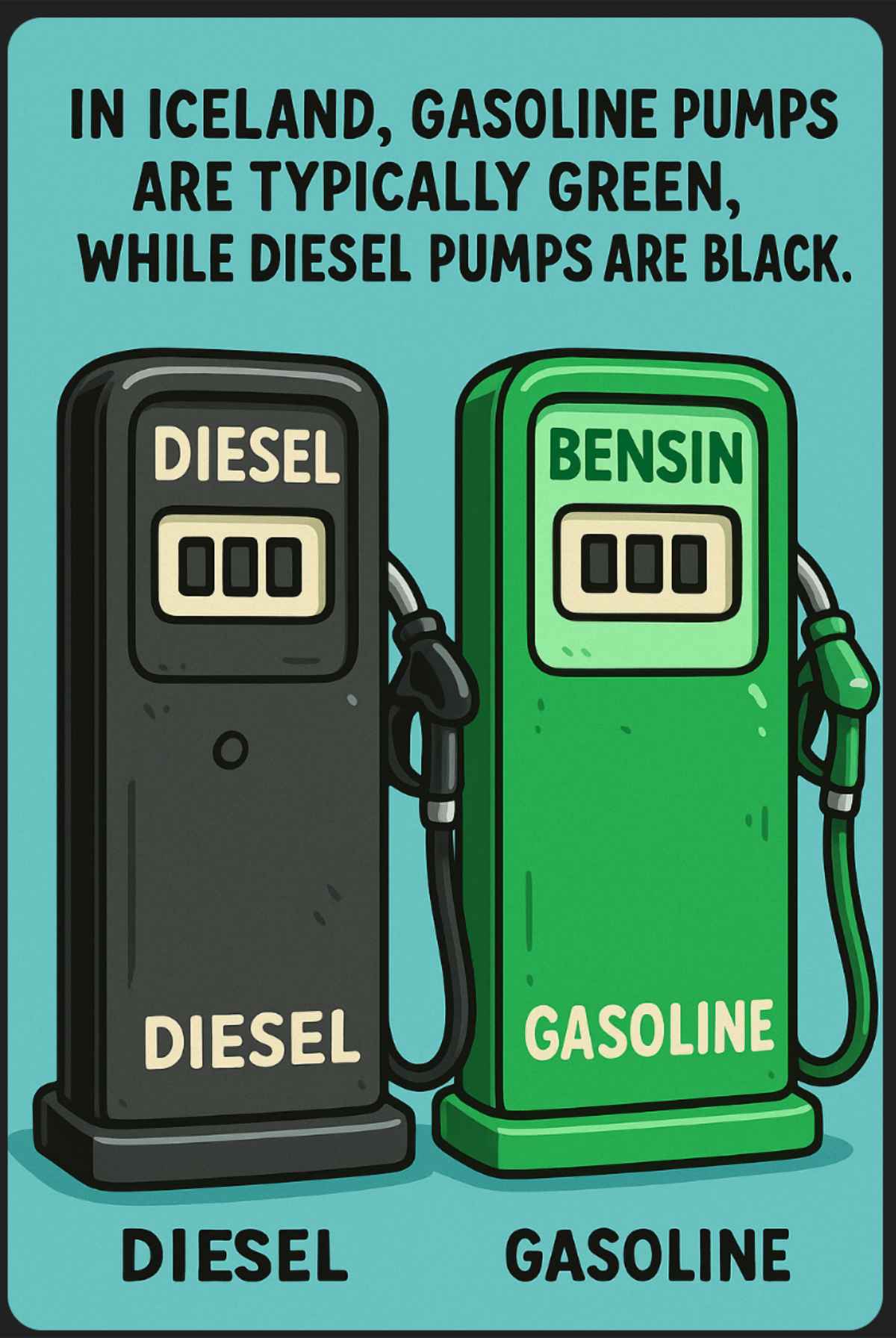
What’s the Difference Between Gas and Diesel?
Gas and diesel both come from refined crude oil, but they play very different roles once inside the engine. What is the real difference between diesel and gas? It’s how they burn and the kind of power they bring. Here are some key technical differences:
Gas is lighter, more flammable, and fires up quickly with spark plugs. That means faster acceleration and smoother driving, which is perfect for weaving through Reykjavík. Diesel is thicker and burns more slowly.
Instead of spark plugs, it uses glow plugs and high compression to ignite. Diesel engines are built for torque and toughness. That’s why 4x4s swear by it.
| Feature | Gasoline (Petrol) | Diesel |
|---|---|---|
| Fuel Cost | More expensive per liter | Cheaper per liter |
| Fuel Efficiency | Lower – consumes more fuel per 100 km | Higher – better mileage on long trips |
| Vehicle Type | Typically, smaller cars and hatchbacks | Often used in larger vehicles (SUVs, 4x4s, campers) |
| Availability | Widely available at all gas stations | Also widely available, but double-check in remote areas |
| Driving Range | Shorter range – more refueling stops | Longer range – fewer fuel stops on the Ring Road |
| Common for 4x4s & Campers? | Rare | Very common – ideal for Iceland's highland roads |
| Environmental Impact | Lower NOx emissions but more CO2 | Lower CO2 per km but higher NOx emissions |
What Happens If You Use the Wrong Fuel in Iceland?
Putting the wrong fuel in your rental car isn’t just a facepalm moment. In Iceland, it can wreck your whole trip. The diesel vs. gas mix-up happens more often than you’d think, especially with pump colors flipped from what many travelers are used to. Here, green usually means gas, and black is diesel.
Confusing that could leave you broken down in the middle of nowhere. Your car might run for a few kilometers (a couple of miles) before giving up completely. Then you’re stuck with a dead engine, a long wait for help, and a massive repair bill that your insurance probably won’t cover.
Think towing, flushing the system, and engine damage all out of your pocket. Don’t wing it at the pump. Always check the fuel label on the cap, your key, and your rental agreement before filling up. It’s a two-second habit that could save your entire road trip.
Fuel Efficiency in Iceland: Diesel vs Gasoline
Highway cruising favors diesel’s slow burn, while city streets are more forgiving on gas engines. Match the fuel to your route, not just the rental deal. Driving the full Ring Road? You’re looking at a drive of about 1,300 kilometers or 800 miles around the island in that case.
So here’s the real question: Does diesel burn slower than gas? Yes, and that’s exactly why it’s more efficient. Diesel engines squeeze more energy out of each liter or gallon, often giving you 30 to 35 percent better mileage.
Highway vs City Driving Efficiency
City traffic burns fuel faster than most people expect. Constant stops, low speeds, and gear shifting drain your tank quicker than open-road cruising. Gas-powered cars are usually better suited to this kind of short-range, start-stop driving.
On highways, it’s a different story. Engines hit their sweet spot with steady speeds and fewer gear changes. Diesel still wins here, offering around 10 to 15 percent better mileage compared to gas, even when you're not climbing mountains or taking on F-roads. That edge might not matter much in town, but out in the countryside, every extra kilometer (or mile) counts.
Fuel Cost Breakdown: Diesel vs Gas (Ring Road Example)
Fuel prices in Iceland aren’t cheap. And if you’re planning to drive more than a quick loop around Reykjavík, it adds up fast. What you pay at the pump matters, but so does how far each liter gets you.
So, what does a 1,000 km trip actually cost with a standard rental? Let’s run the numbers:
| Item | Diesel | Petrol (Gasoline) |
|---|---|---|
| Fuel Price per Liter | $2.44 | $2.37 |
| Fuel Consumption (L/100 km) | 6.0 L | 7.0 L |
| Liters Needed for 1,000 km | 60 L | 70 L |
| Total Fuel Cost | $146.40 | $165.90 |
| Savings with Diesel | $19.50 | |
Driving Conditions: Which Fuel Performs Better in Icelandic Roads?
Before hitting Iceland’s roads, it’s important to understand how different fuel types perform in local conditions. This section covers essential car fuel tips for Iceland, including key differences between gas and petrol in Iceland, helping you choose the best option for your journey.
Cold Weather Performance
The Icelandic weather can be tough on your car’s performance. Wind. Cold. Gravel. Slush. And yes, all that affects how your engine burns fuel. Diesel handles heavy loads and rough roads better. That’s great when you’re climbing hills.
But here’s the thing. Diesel takes time to warm up, especially in winter. If you're only doing short drives, it’s not the most efficient choice. Gasoline warms up faster. It’s more forgiving when you’re hopping between towns or starting cold every morning.
F-Roads and Engine Torque Needs
Iceland’s F-roads aren’t scenic shortcuts. They’re rugged mountain tracks filled with loose gravel, steep climbs, and the occasional river that looks like it wants your bumper. These roads are only open in summer and legally require a proper 4x4. But don’t assume every 4x4 is up for the job.
Here’s why torque matters and why your fuel type plays a bigger role than you'd think:
- Low-end torque is the real MVP. It gives your wheels enough twisting force to crawl over rocks, mud, and water without stalling or spinning out.
- Slow and steady wins off-road. High torque at low RPMs means you can take your time without flooring it. Less revving, more control.
- Diesel pulls ahead here. Compared to gas, diesel engines deliver more torque down low. That makes a difference when you're climbing out of a river or grinding up a steep incline.
- Not all gas vs diesel matchups are equal. Gas engines may feel faster on the highway, but they often struggle when the terrain gets rough. Diesel keeps the power where it counts at the bottom end.
If you’re headed into the Highlands, don’t just ask if it’s a 4x4. Ask how much torque it’s got, and what kind of fuel keeps it moving. It could be the difference between making it through and calling for a tow.
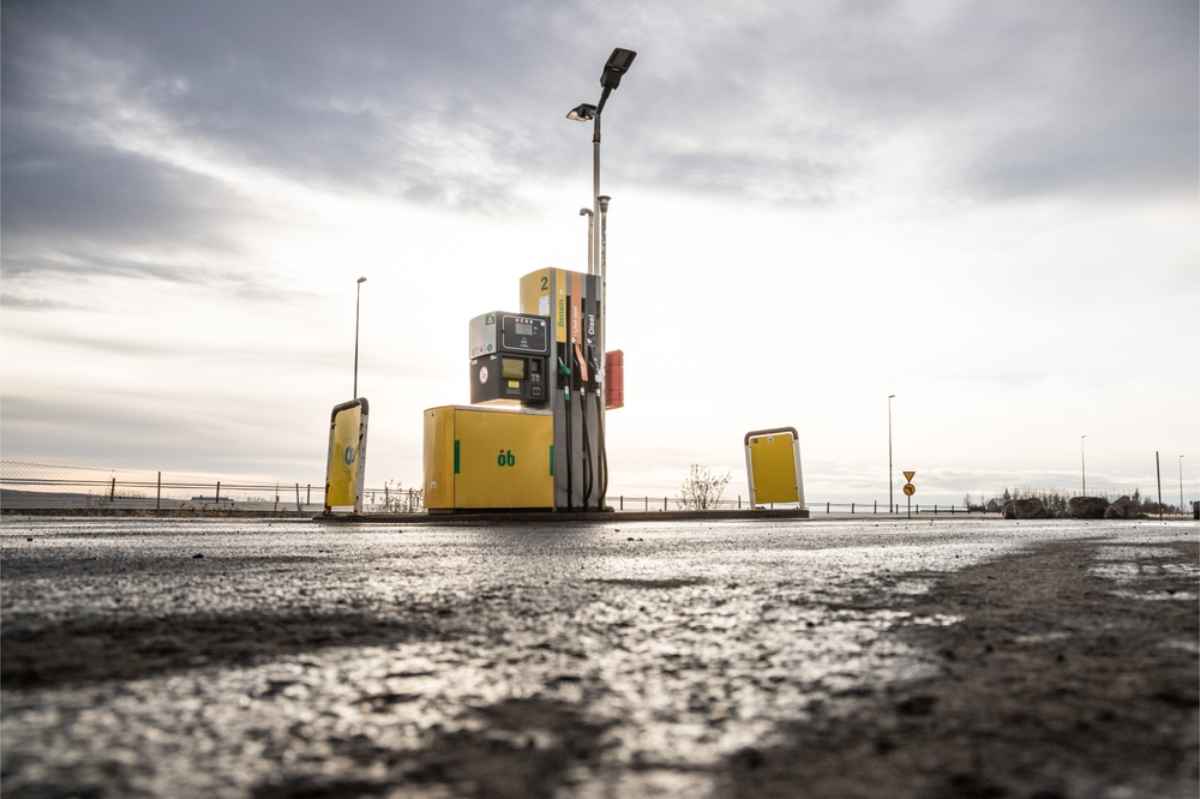
How Fueling Up in Iceland Actually Works
Fueling up in Iceland isn’t rocket science, but it can trip up first-timers. Most stations are fully self-service, and you won’t find an attendant to help you out. In Iceland, swipe-only or contactless cards without a chip and PIN often won’t work.
Many gas stations require chip-and-PIN cards for transactions, so make sure yours is ready, or you might be stuck watching other cars drive off while you’re still figuring out payment.
Some pumps place a pre-authorization hold of 20,000 ISK (around $156) on your card. It clears after a few days, but it can cause a mini panic if you’re not expecting it.
Where and How to Refuel in Iceland
While gas stations in Iceland are scattered throughout the country, Reykjavík is still the best place to fill up before heading out, the city's got the cheapest fuel in Iceland, and you’ve got several options to choose from:
- Costco is the cheapest option, with prices about 20% below the national average. You’ll need a membership to fill up there, but if you’ve got one, it’s a no-brainer.
- Orkan is a great alternative, with 72 self-service stations across the country. In Reykjavík, petrol usually ranges from $2.10 to $2.30 per liter (about $7.95 to $8.70 per gallon).
- Atlantsolía has 25 stations, including 18 in the capital, and typically matches Orkan’s prices.
- ÓB is another budget-friendly brand, also falling into the $2.10 to $2.30 per liter range. If you're starting your trip from Reykjavík, this is where you fill up smart.
Here is a useful cheapest fuel stations in Iceland map:
Fuel Station Availability Around the Country
You won’t struggle to find fuel near Reykjavík or along the Ring Road. Stations pop up every 50 to 100 kilometers (31 to 62 miles), and most big chains like N1 and Orkan keep them running 24/7. Some even throw in snacks, toilets, or a quick car wash.
That changes fast when you head into the Westfjords, East Fjords, or Highlands. Out there, fuel stops are few and far between. Some stretches don’t have any at all. That’s why locals don’t wait until the tank is low. If you're anywhere near half, top it up.
Environmental Impact: Diesel vs Gasoline in Iceland
So, how is diesel fuel different from gasoline when it comes to the environment? For starters, diesel packs more carbon into every liter. That means it spits out more CO₂ per liter burned. But because diesel engines are more efficient, they often put out less CO₂ per kilometer than gas engines. Confusing? A bit.
Now, here’s the not-so-great part. Diesel also releases more nitrogen oxides and fine particles, the nasty stuff linked to things like heart disease and cancer. Gasoline doesn’t burn clean, but it usually gives off fewer of those pollutants.
Iceland’s not blind to any of this. The government is already planning to ban new fossil-fuel cars by 2030 and is throwing serious support behind electric vehicles. Until then, both fuel types come with trade-offs.
Which Fuel Type Should You Choose for Your Trip?
The whole diesel vs gas debate in Iceland isn’t just about price. It’s about what kind of driving you’re actually doing. If you’re cruising around Reykjavík, hitting the Golden Circle, or bouncing between towns, go with gas.
It’s quicker to warm up, easier to refuel, and better for short distances. No one wants to fight with a cold diesel engine every morning. But if you’re heading into the Highlands, planning long drives, or loading up a heavy 4x4, diesel wins. It’s got more torque for rough terrain and gives you more range on a single tank.
Here’s the move: don’t just pick a fuel type. Look at the car. Check how thirsty it is, where you're going, and how remote your route is. Then make the smart call.
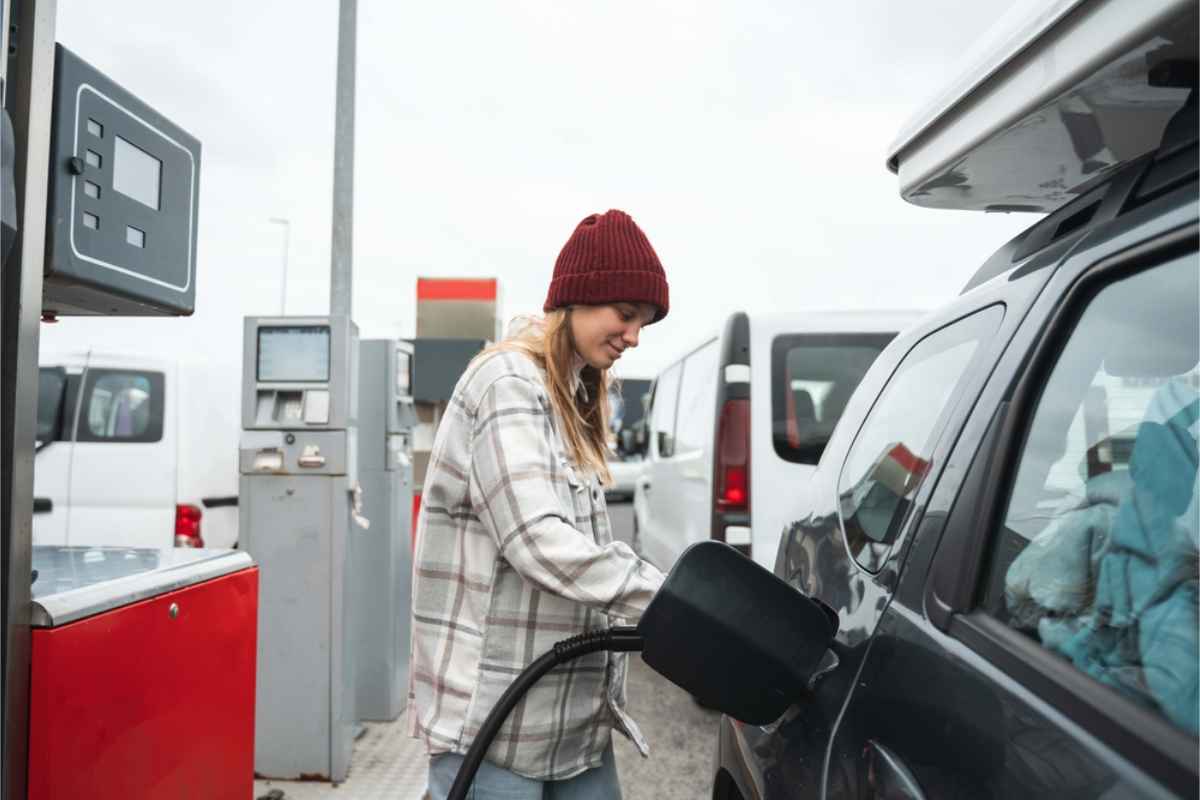
Expert Tips to Save Fuel on Your Iceland Trip
Want to stretch every liter (or gallon) as far as it’ll go? Here’s how to keep your fuel bill from hijacking your trip:
- Drive smoothly and steadily. On open roads, use cruise control and avoid flooring the gas or slamming the brakes. Smooth driving saves fuel and stress.
- Plan your route like you mean it. Apps like Google Maps and Gasvaktin help you avoid backtracking and find the cheapest fuel stops. That’s real money saved.
- Pick the right car. If you don’t need a giant 4x4, don’t rent one. Smaller or hybrid vehicles sip less fuel.
- Don’t overpack. Ditch the stuff you don’t need. Less weight means better mileage.
- Check your tire pressure. Underinflated tires burn more fuel. Keep them properly pumped, especially before long drives.
- Prepare for fuel deserts. Heading into the Highlands? Bring a portable fuel can. Some areas don’t have stations for 100 km (62 miles) or more.
Speed Limits and Fuel Economy
Iceland’s speed limits are lower than those in your home country. You’re looking at 50 km/h (31 mph) in towns, 80 km/h (50 mph) on gravel, and 90 km/h (56 mph) on paved roads. Yeah, it feels slow. And yes, the police actually care. Speed and you’ll pay for it.
But here’s the upside: slower speeds mean better fuel economy. No sudden stops, no heavy acceleration—just smooth driving that keeps your tank full a little longer. When fuel costs more than $8 a gallon, keeping it steady isn’t just smart. It’s survival.
Save More with Icelandic Fuel Cards
Fuel cards are a way to shave a few krónur off your bill, without doing anything extra. Most rental companies hand you a discount fuel card or key fob when you pick up your ride. Use it.
- Orkan’s card knocks 12 ISK per liter off your price at the pump. That’s about $0.09 USD per liter, or roughly $0.34 per gallon. Bonus? Free coffee at some locations.
- Olís and ÓB offer 3 to 14 ISK off per liter, plus perks like free Wi-Fi, discounted coffee, and 10% off hot meals at their stations.
- These cards work at most big chains, and they’re scattered all across the country.
It’s not a game changer, but it adds up. Use the card, grab the coffee, skip the full-price pump regret.
How to Choose Between Diesel vs Gas Without Overthinking It
There’s no one-size-fits-all answer in the diesel vs gas debate. It comes down to where you’re going, how far, and what you’re driving. Diesel gives you more torque and better mileage on long hauls.
Gas is easier for short trips and cold starts. Simple as that. Don’t overthink it. Just match the fuel to the trip. Got a question or need help with your rental? Just send us a message. We’ll point you in the right direction.




